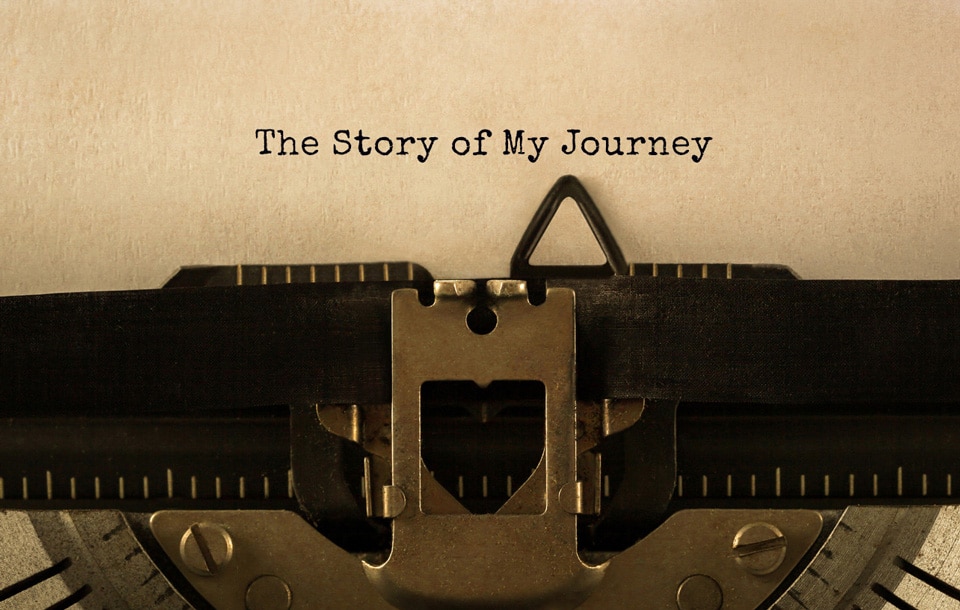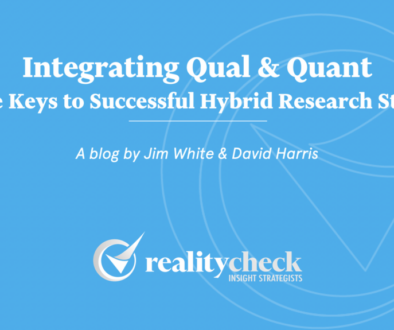A Human Insights Approach to Customer Decision Journey Mapping
When it comes to mapping the customer journey, what people remember doing is more important than what they actually do.
Mapping customer decision journeys has become an important part of the foundational market research for most brands. Understanding the path to purchase and customer experience – in both physical and digital worlds – informs critical decisions about marketing, UX, merchandising and product development.
But measuring and mapping the triggers, touchpoints and influences of customer decision journeys can be a tricky business. Customer decision journeys, even for the most routine purchases, have become complex. People use a tangle of digital and physical resources to shop, decide, buy and experience brands. Accurately tracking and mapping this journey can be expensive, time-consuming and complicated.
And after all that, many journey maps reveal little in the way of deep, meaningful insights that inspire brand teams to act.
But as qualitative market researchers, we are inspired by some fascinating work from the fields of psychology and behavioral economics that suggests there is a simpler, more agile and more meaningful way to understand decision journeys.
Just ask people to tell stories.
Why stories matter
Psychologists tell us that as human beings, our experiences and our memories of those experiences are embedded in stories – stories that we create to make sense of our experiences and align them with our beliefs, values and aspirations.
It’s a very human thing to do.
If you were dedicated enough to make it all the way to the end of Daniel Kahneman’s book “Thinking Fast and Slow,” you would have come across a section about The Two Selves – the experiencing self and the remembering self.
The experiencing self is that part of us that experiences things as they happen. The remembering self is that part of us that takes those experiences and makes meaning out of them, integrates them into our belief systems and makes decisions based on them.
As Kahneman writes, “The remembering self is sometimes wrong, but it is the one that keeps score and governs what we learn from living, and it is the one that makes decisions.”
Kahneman goes on to say that we retain memories of experience by constructing stories. “This is how the remembering self works: it composes stories and keeps them for future reference.”
This suggests that when it comes to our decision journeys as consumers, what matters is not what we actually did but the narrative of the experience that our remembering self constructs.
So, as market researchers, we have a choice: We can fret about trying to unobtrusively measure every touchpoint the experiencing self experiences. Or we can simply listen to and analyze the stories of experience that the remembering self constructs. These stories will give us a more meaningful understanding of the decision journey that matters – the journey that consumers carry with them and that frames their future brand experiences.
Story arcs instead of journey maps
Thinking of consumer decision journeys as stories of experience suggests that story arcs may be a more meaningful deliverable than journey maps.
Most journey maps presuppose that decision-making is a linear, step-by-step process. But stories follow a different logic. Stories progress through rising action, falling action, climax and resolution. They require context, characters and emotion. And they reflect the author’s values and beliefs.
By asking consumers to recount decision journeys in story form, describing relevant moments as scenes or chapters, we learn not only the most relevant touchpoints throughout the experience, but we also get the rich context and relevant meaning in which those touchpoints are embedded.
Story arcs map the emotional flow of stories, tracing the action from opening scene to climax to resolution. Of course, not all consumer decision journeys will follow this classic arc. But mapping – and aggregating – different story arcs across different consumer segments is where the richest insights are found.
Story arcs reveal that for human beings, the path to purchase is not just a set of functional steps from trigger to exploration, consideration, purchase and so on. It is a mash-up of actual experience, expectations, emotions, beliefs and values expressed in story form.
How to elicit human stories
Now, if you’re like a lot of people who hear what I am proposing for the first time, you’re thinking this might work for big decision journeys that take some time – like buying a car, choosing a health insurance plan or choosing a college. But not for little purchases like toothpaste or a book.
But believe it or not, with a little help, people can tell rich and interesting stories about the most routine or fleeting decisions – like buying dog food or a greeting card. The stories are there. You just have to ask the right questions to elicit them.
This is because we human beings are natural-born storytellers. In his book “The Redemptive Self: Stories Americans Live By,” the psychologist Dan McAdams writes, “When it comes to human lives, storytelling is sensemaking.” We are all naturally hard-wired to recount the experiences of our lives in story form, constructing our own personal tales of identity as we go.
People can unpack just about any experience as a story – detailing each scene or chapter, describing their emotions throughout, describing the turning point and ending – with great detail and emotional richness.
For brand teams, the strategic questions then become, “What role can we play in the consumer’s story of experience? And how can we influence the arc of the story in a way that leads to the resolution we want?”
The benefits of a human approach
The benefit of this human approach is a simpler, more agile and more meaningful way to understand the customer journey. No longer do we have to worry about devising complex strategies to measure every conceivable touchpoint on a customer journey.
Simply by analyzing stories of experience we reveal the most meaningful touchpoints. And, through story, we see how those touchpoints are embedded in the rich context of people’s lives, emotions and identities.
As always, let us know what you think. We’d love to hear from you.
























